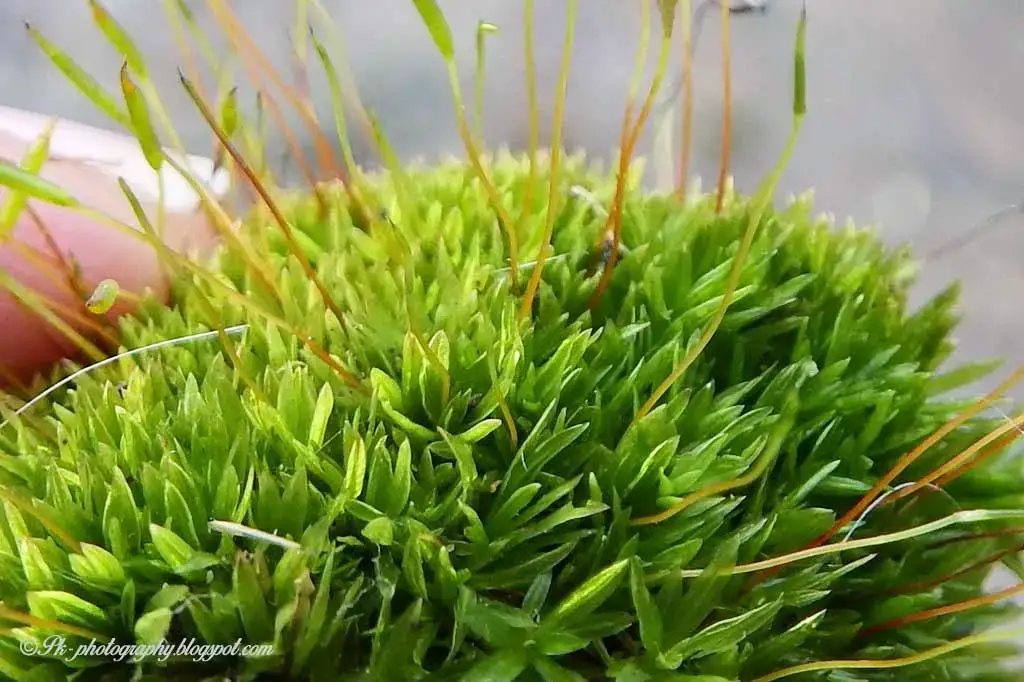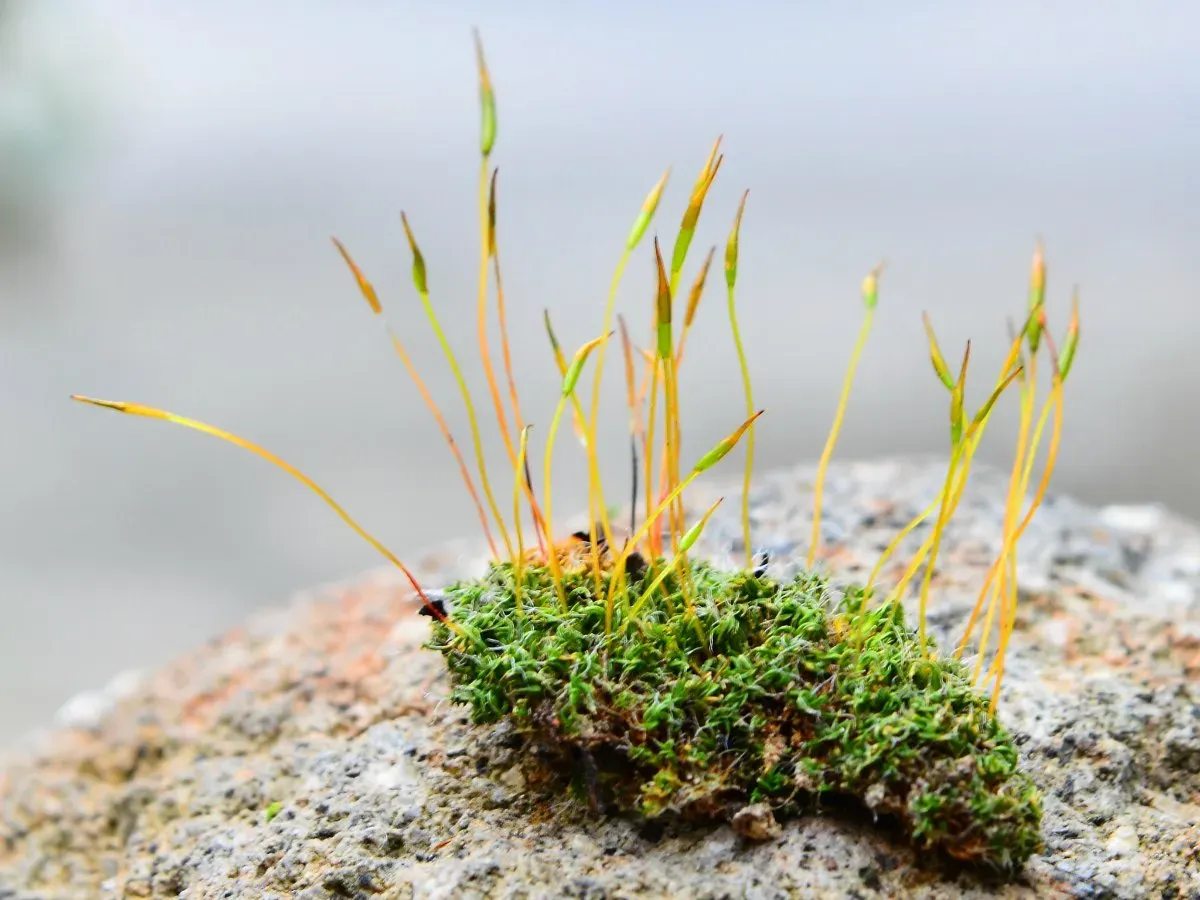
Mosses-plant-01.jpg from: https://pk-photography.blogspot.com/2010/11/moss-plants.html
Exploring the Fascinating World of Thysananthus Lindenb. Moss
Introduction

Moss_Gametophytes_Sporophytes.jpg from: https://www.botany.one/2017/01/moss-bringer-stability-life/
Mosses are some of the most ancient and resilient plants on Earth, having evolved over 400 million years ago. One particularly interesting genus of moss is Thysananthus Lindenb., also known simply as Thysananthus. This moss belongs to the Lejeuneaceae family and is found in tropical and subtropical regions around the world. In this blog post, we’ll take a closer look at the morphology, distribution, habitat, ecological roles, and adaptations of this fascinating little plant.
Background on Mosses
Mosses are non-vascular plants in the division Marchantiophyta, class Jungermanniopsida. Unlike other land plants, mosses lack true roots, stems, and leaves. Instead, they have rhizoids that anchor them and absorb water and nutrients. Mosses also lack a vascular system to transport water and nutrients internally. They are poikilohydric, meaning their water content varies based on environmental conditions. Despite these limitations, mosses have successfully colonized a wide range of habitats on every continent.
Morphology and Identification of Thysananthus
Thysananthus is a genus of leafy liverwort, meaning it has two rows of leaves arranged on either side of the stem. The leaves are incubous (overlapping like shingles) and have a lobule (small pouch) at the base. A key identifying feature of Thysananthus is the presence of elongated, segmented oil bodies in the leaf cells. These appear as beaded strands under the microscope.
The plants are relatively small, typically 1-3 cm long. They often grow in dense mats on tree bark, rocks, or soil. Thysananthus species can be monoicous (male and female reproductive structures on the same plant) or dioicous (on separate plants).
Global Distribution and Habitat
Thysananthus has a pantropical distribution, found in tropical and subtropical regions of the Americas, Africa, Asia, and Oceania. Its range extends from lowland rainforests to montane cloud forests. Some species have restricted ranges and are considered endemic.
This moss most commonly grows as an epiphyte on tree trunks and branches. However, some species also grow on rocks (epilithic) or on soil (epigeal). Thysananthus prefers humid, shaded environments and is sensitive to desiccation.
Ecological Roles and Adaptations
Like other mosses, Thysananthus plays important ecological roles:
- Nutrient cycling: Mosses trap and retain nutrients that are then released slowly back into the ecosystem.
- Water retention: The mat-like growth helps intercept rainfall and fog, reducing runoff and erosion.
- Microhabitat creation: Mosses provide shelter and moisture for various invertebrates and microorganisms.
- Carbon sequestration: As photosynthetic organisms, mosses take in CO2 and store carbon in their tissues and the soil.
Thysananthus has several adaptations for its epiphytic lifestyle:
- Rhizoids with enhanced adhesion to attach to bark and other substrates
- Lobules that collect and retain water from rain and dew
- Elongated oil bodies that may deter herbivory or prevent desiccation
- Asexual reproduction via fragmentation, allowing efficient local dispersal
Conclusion
Thysananthus Lindenb. is a prime example of how mosses have evolved to thrive in specific niches through a fascinating array of morphological and physiological adaptations. Although small and often overlooked, mosses like Thysananthus play outsized roles in their ecosystems. The next time you’re in a tropical forest, take a closer look at the trees and rocks – you may just spot a patch of Thysananthus! What other secrets do you think these ancient plants hold?